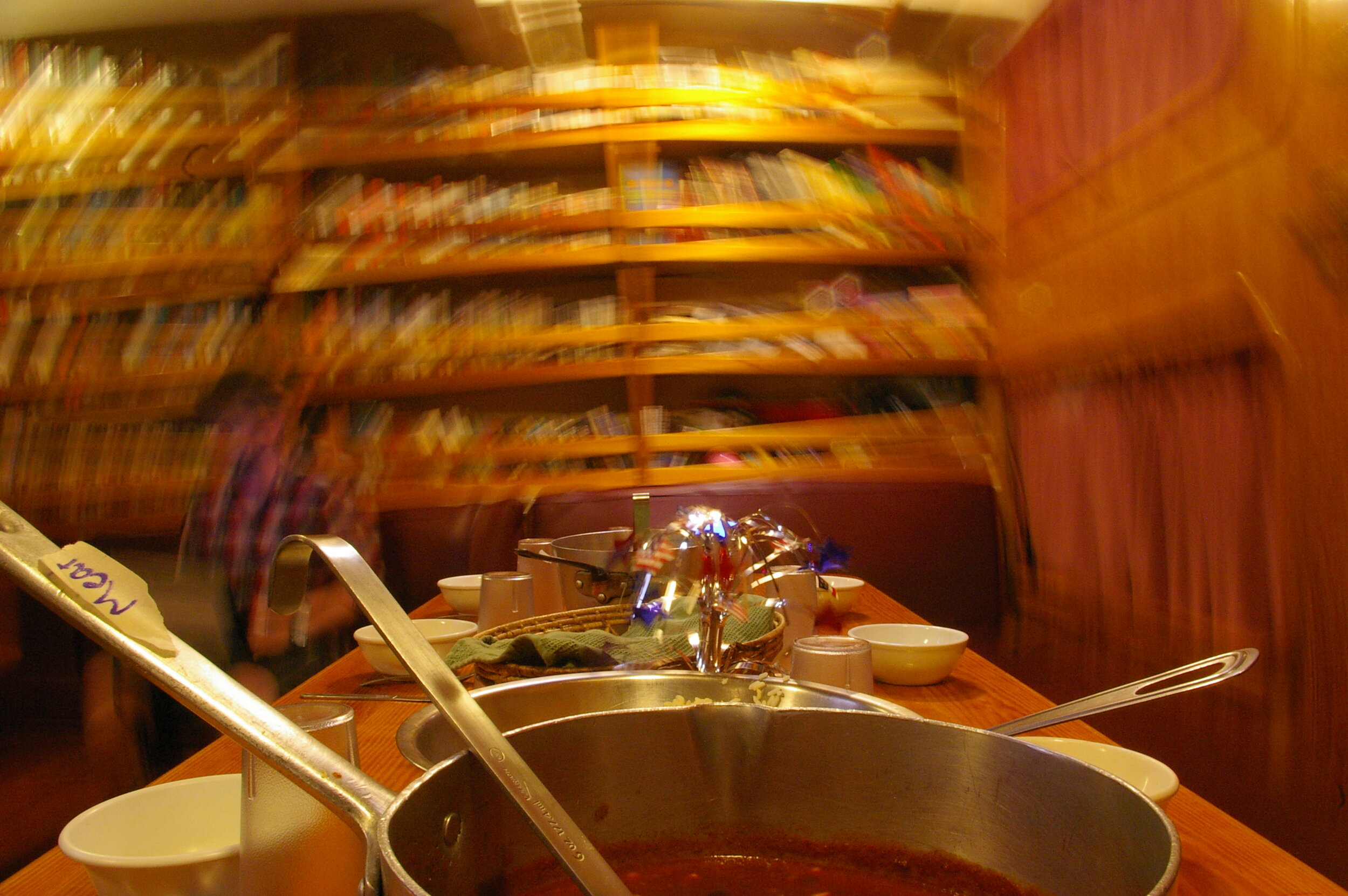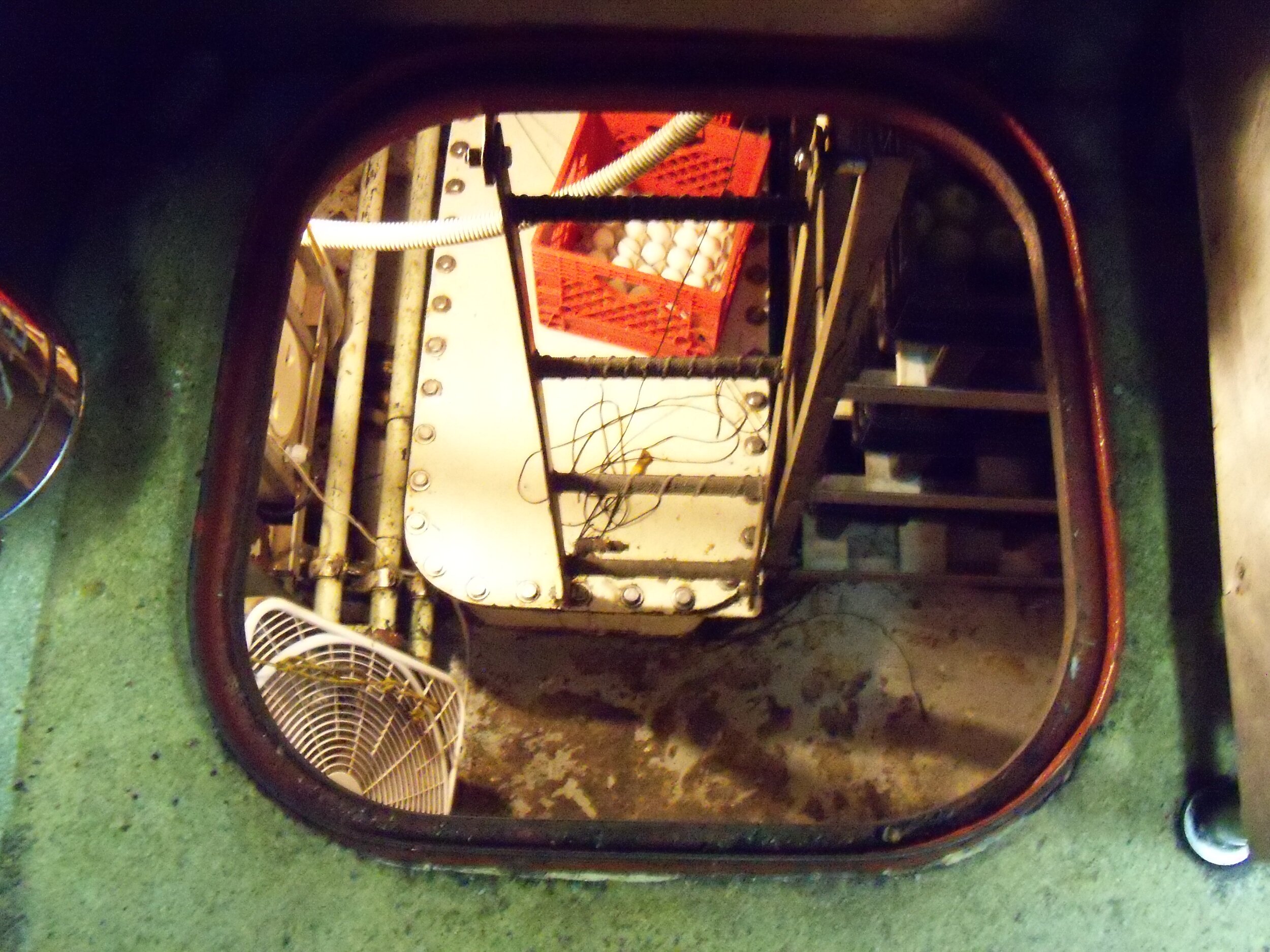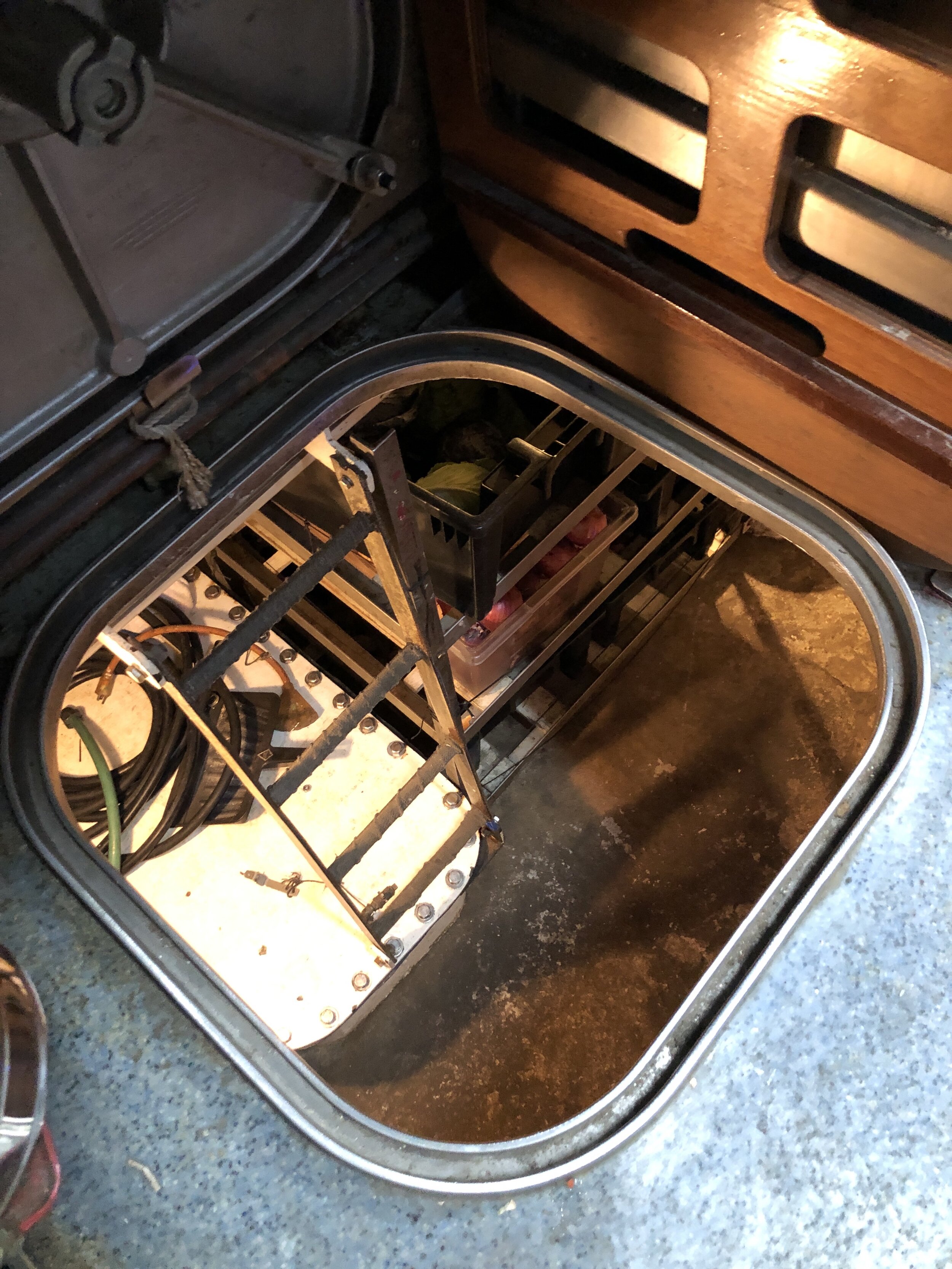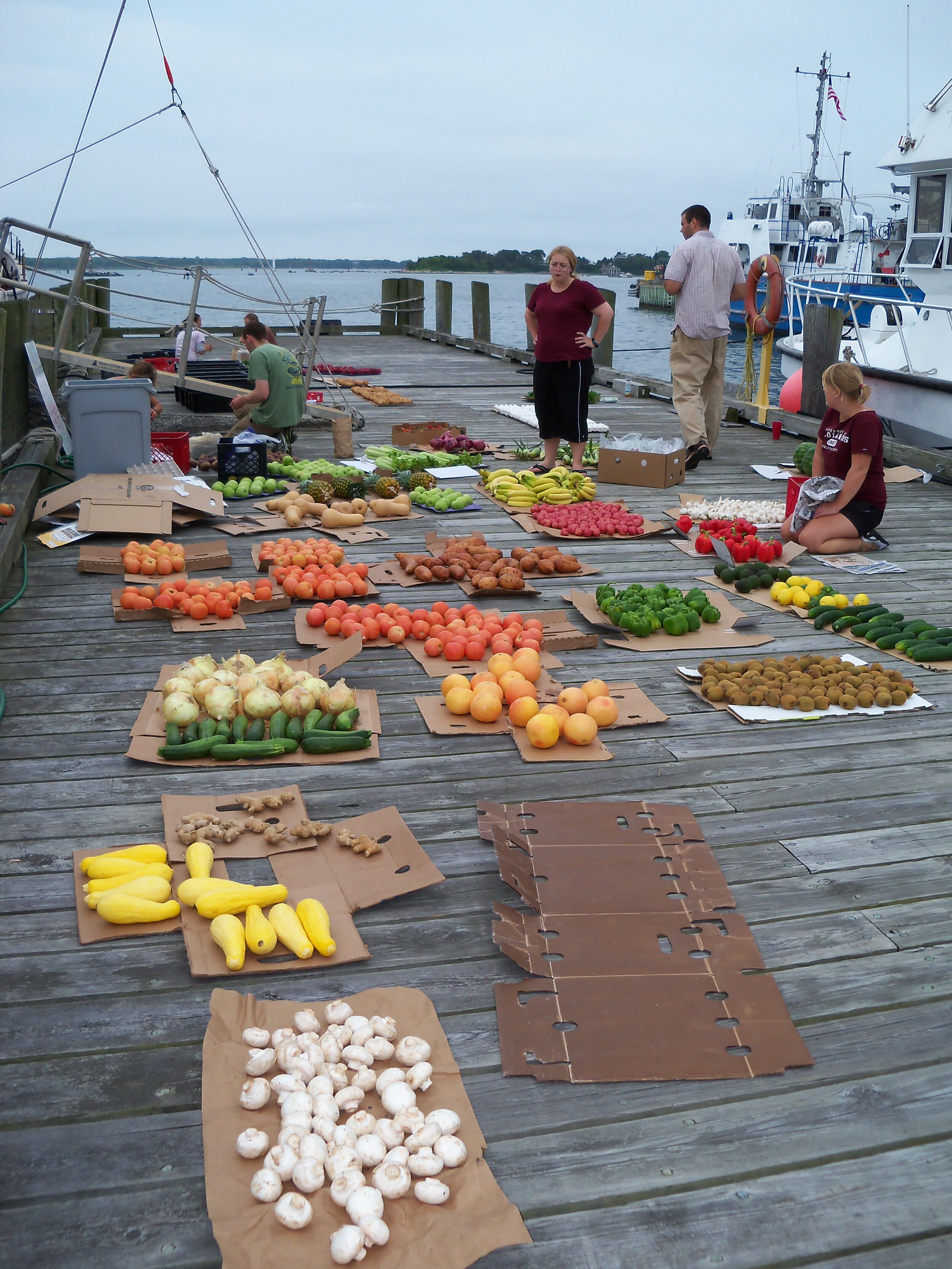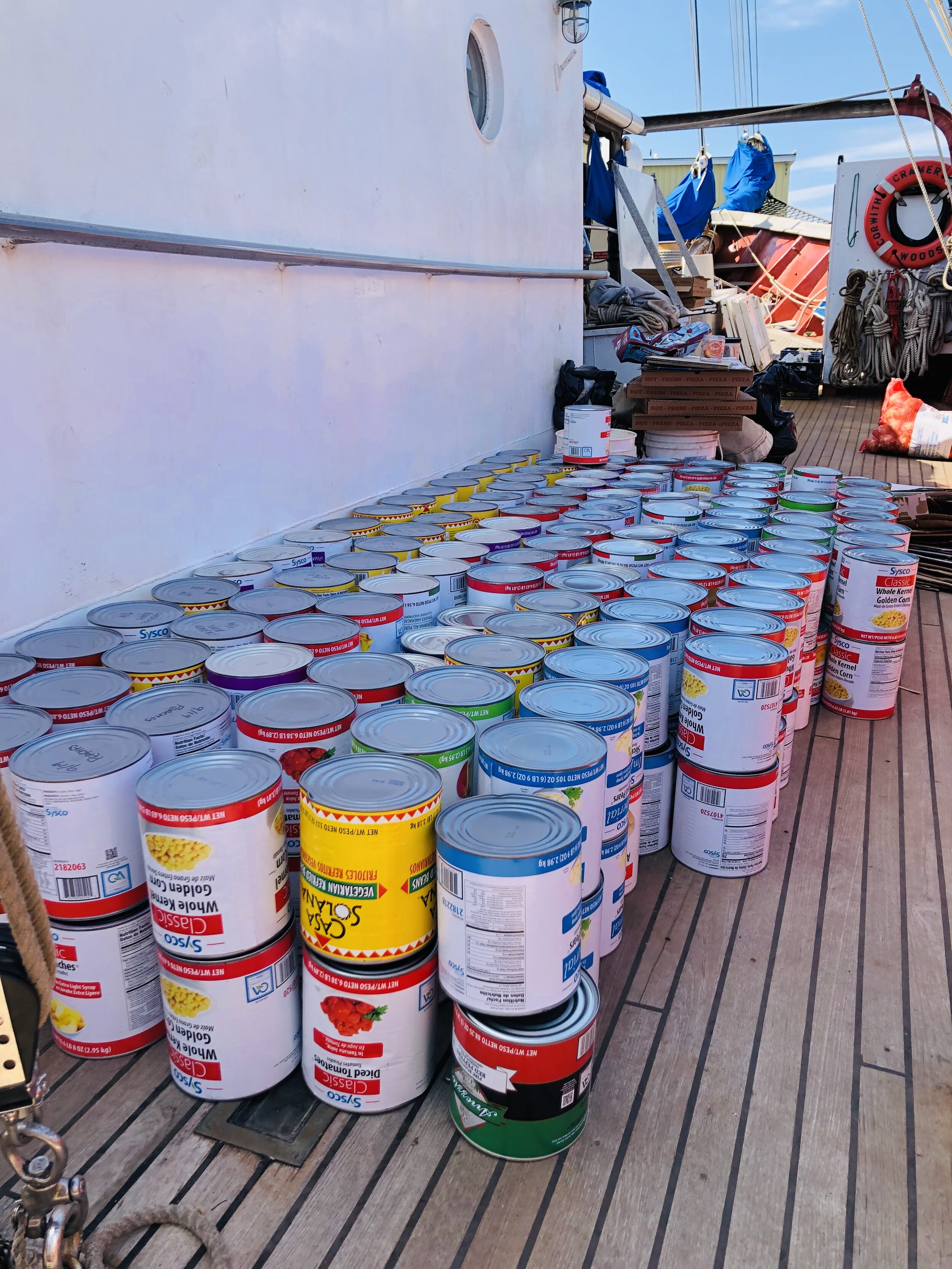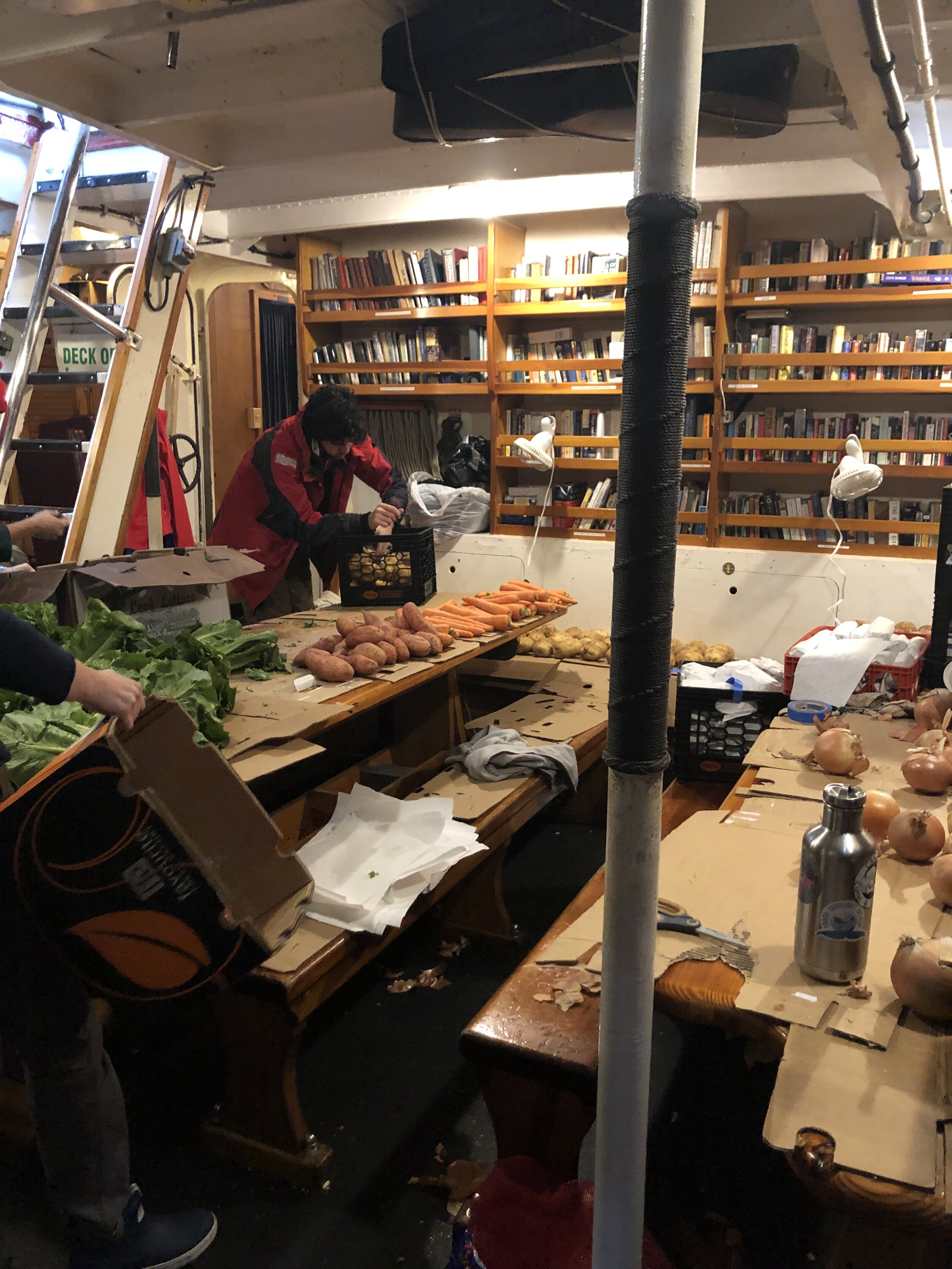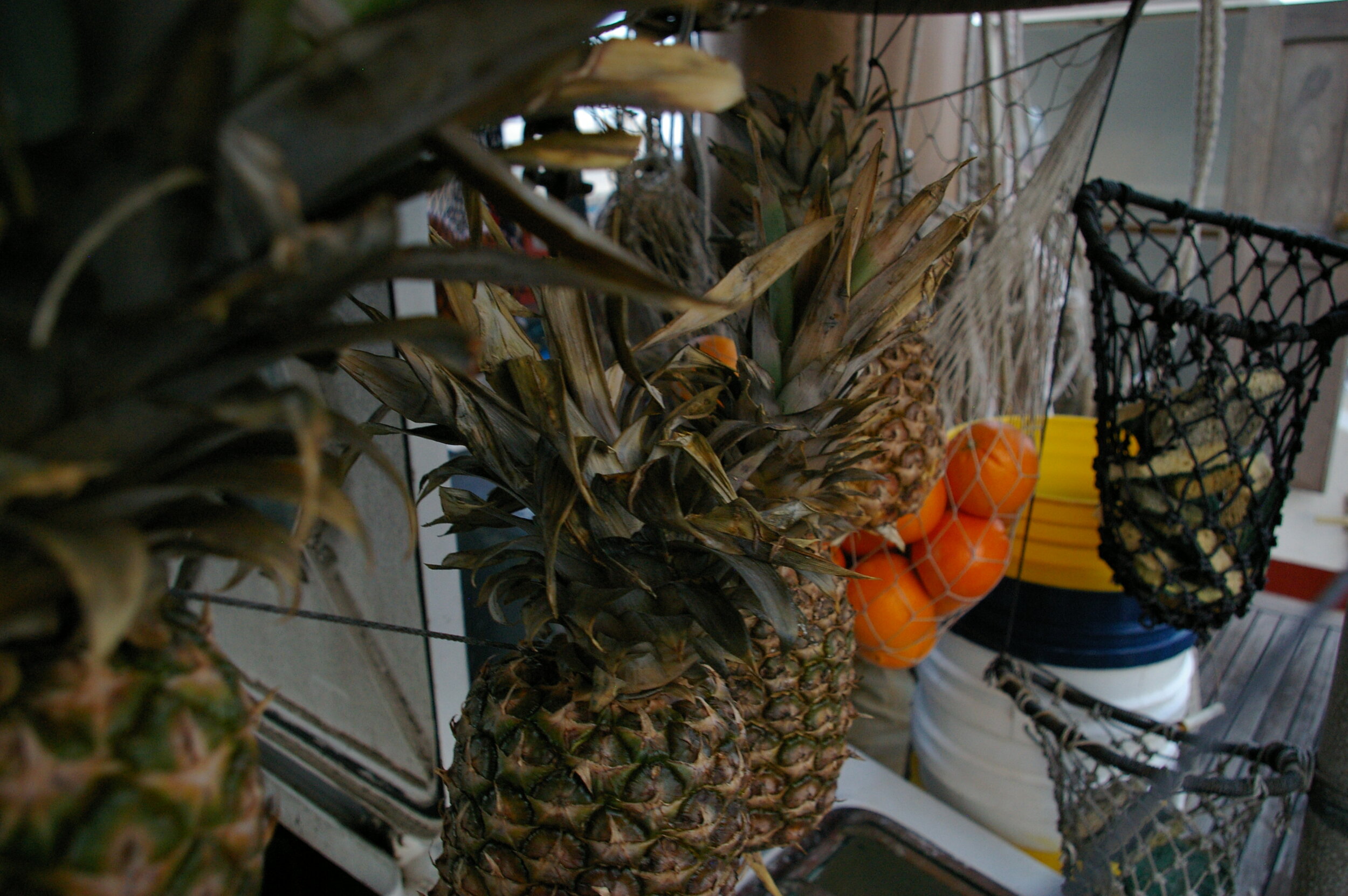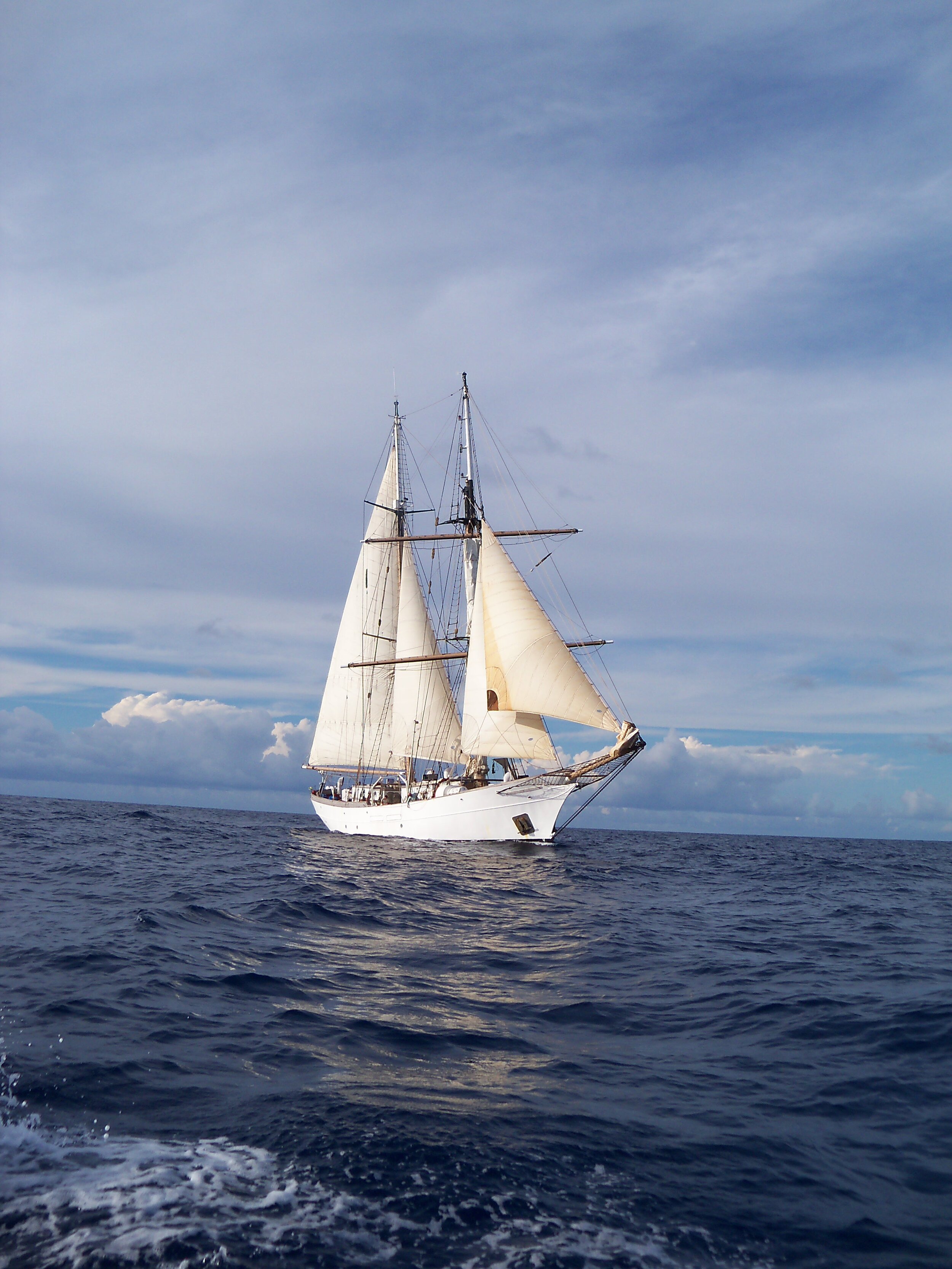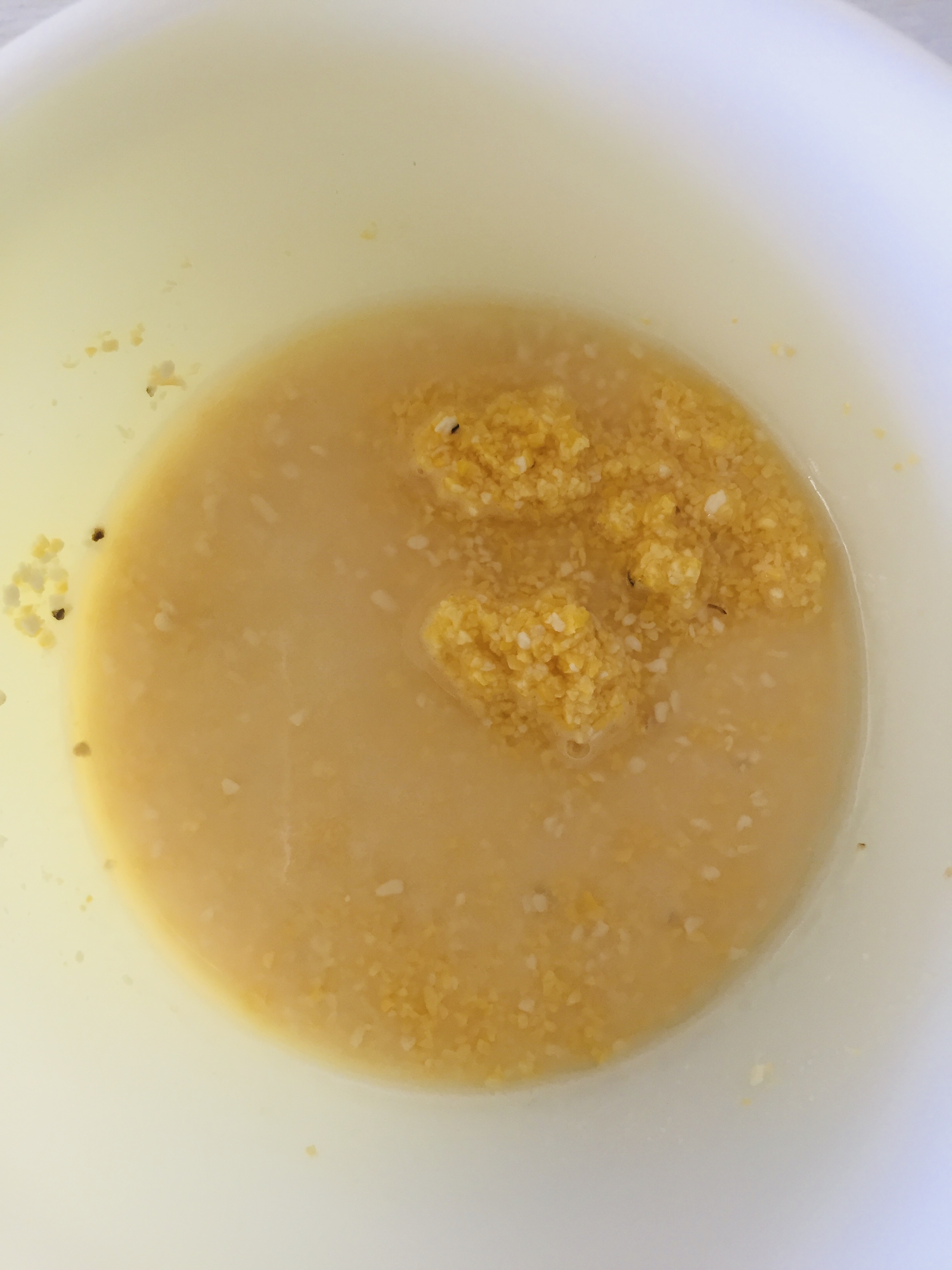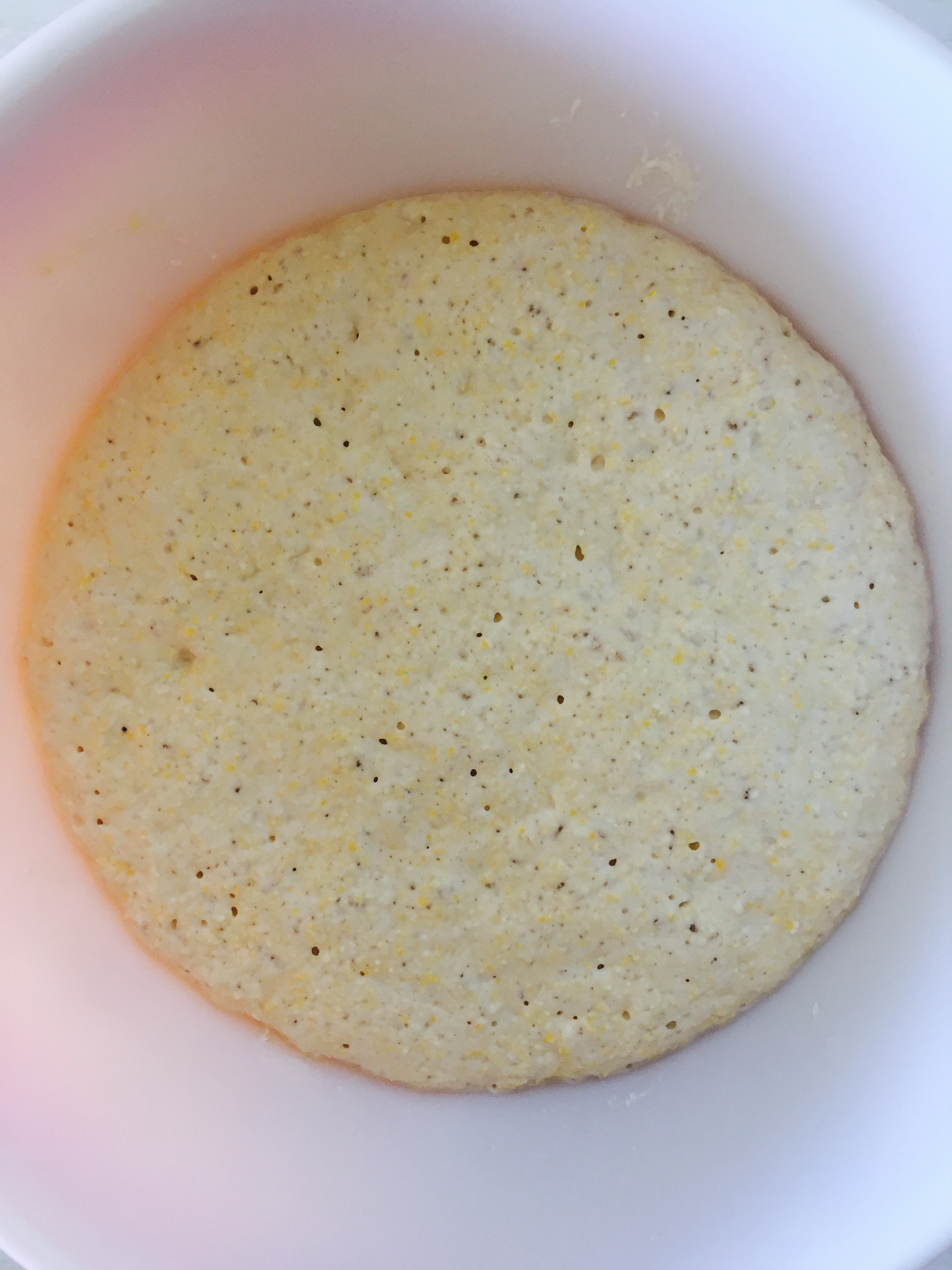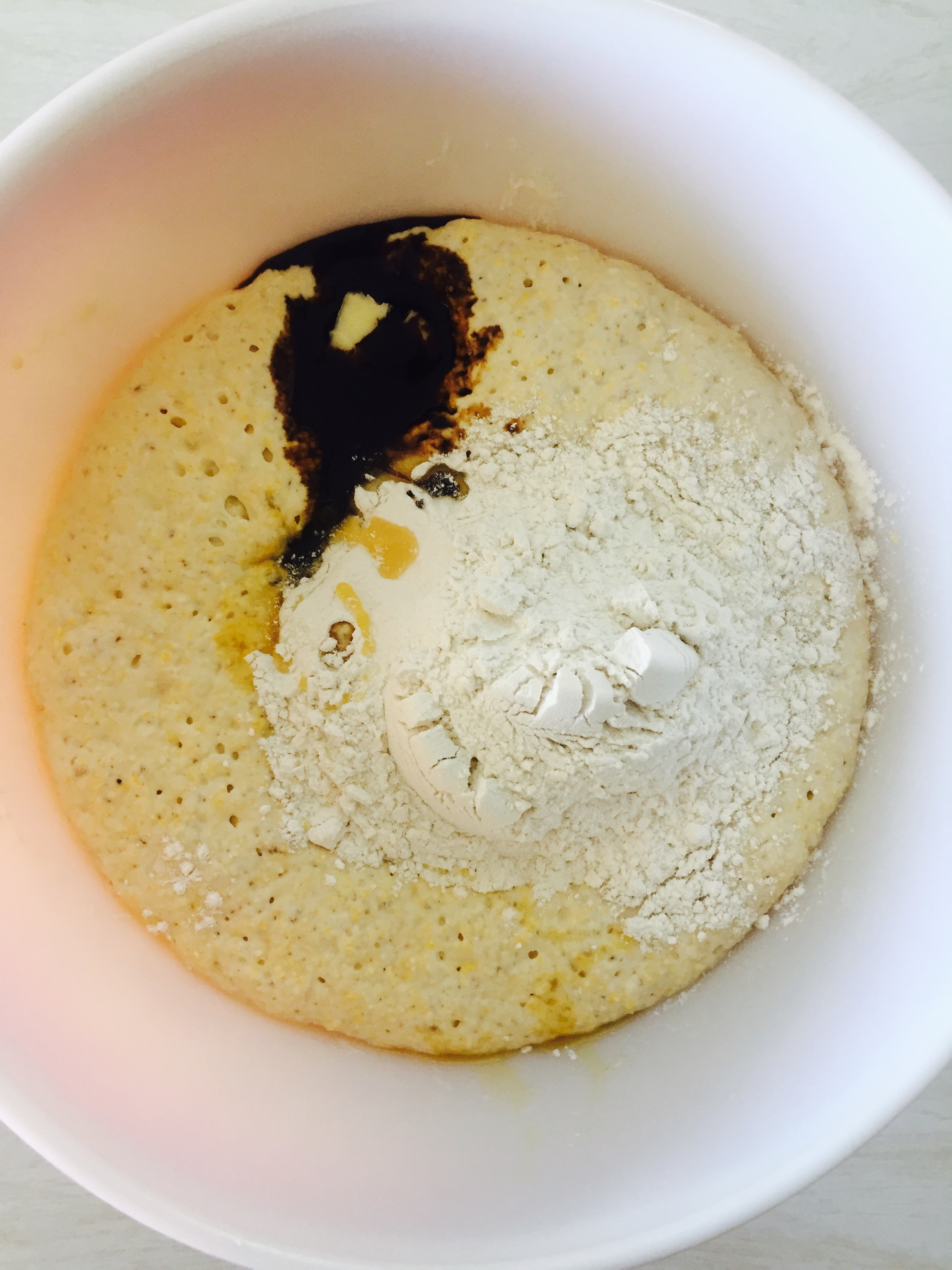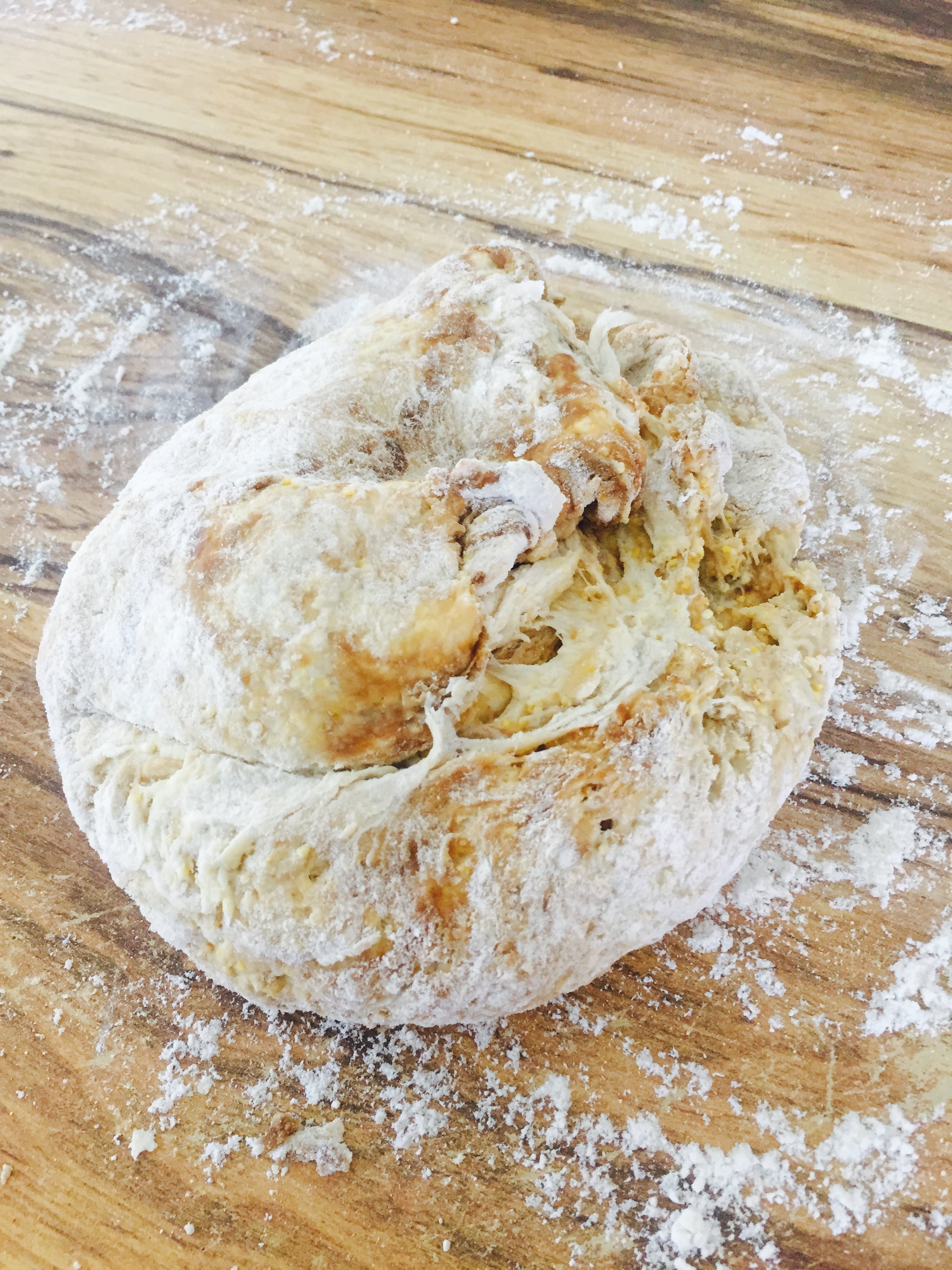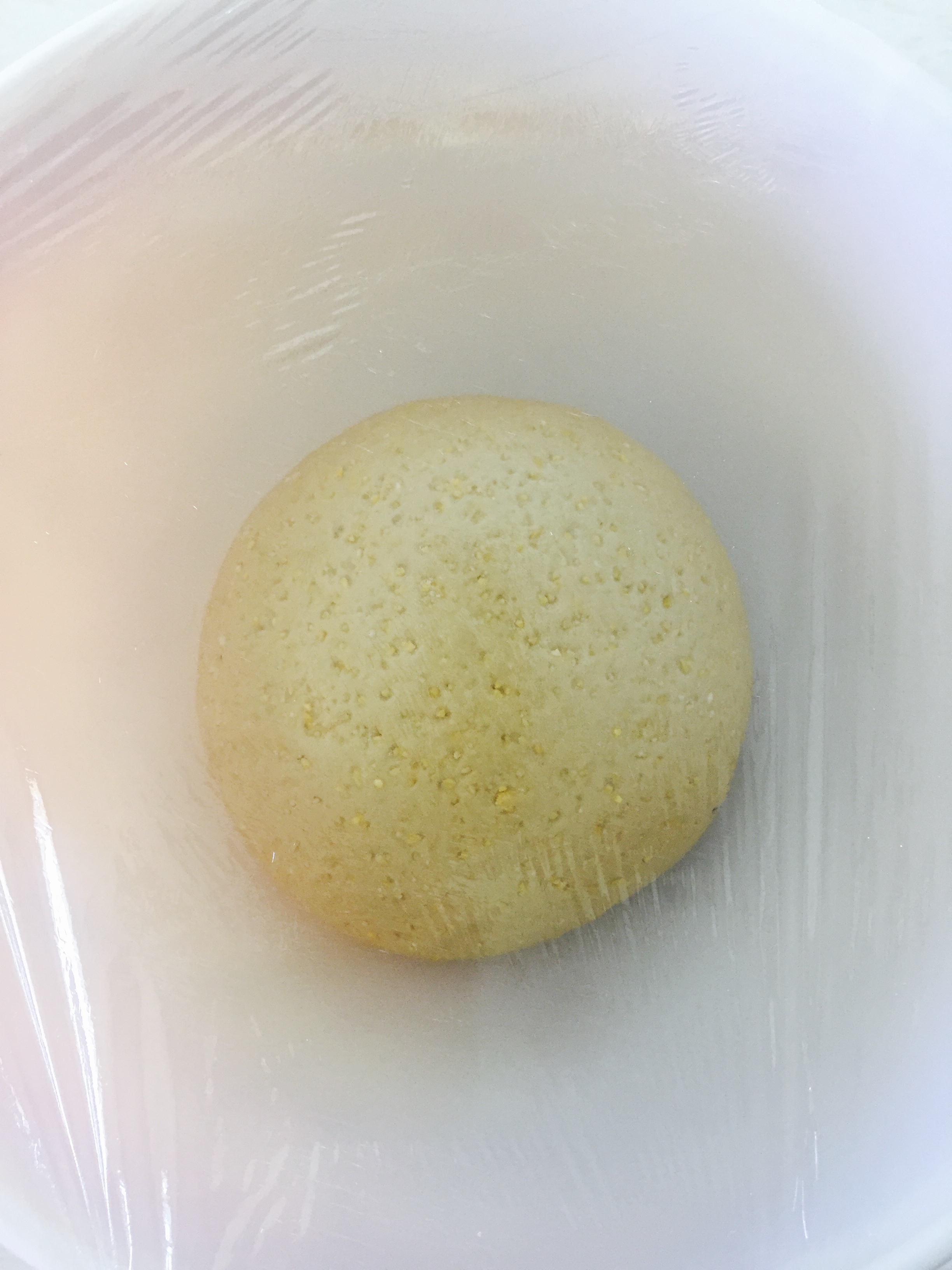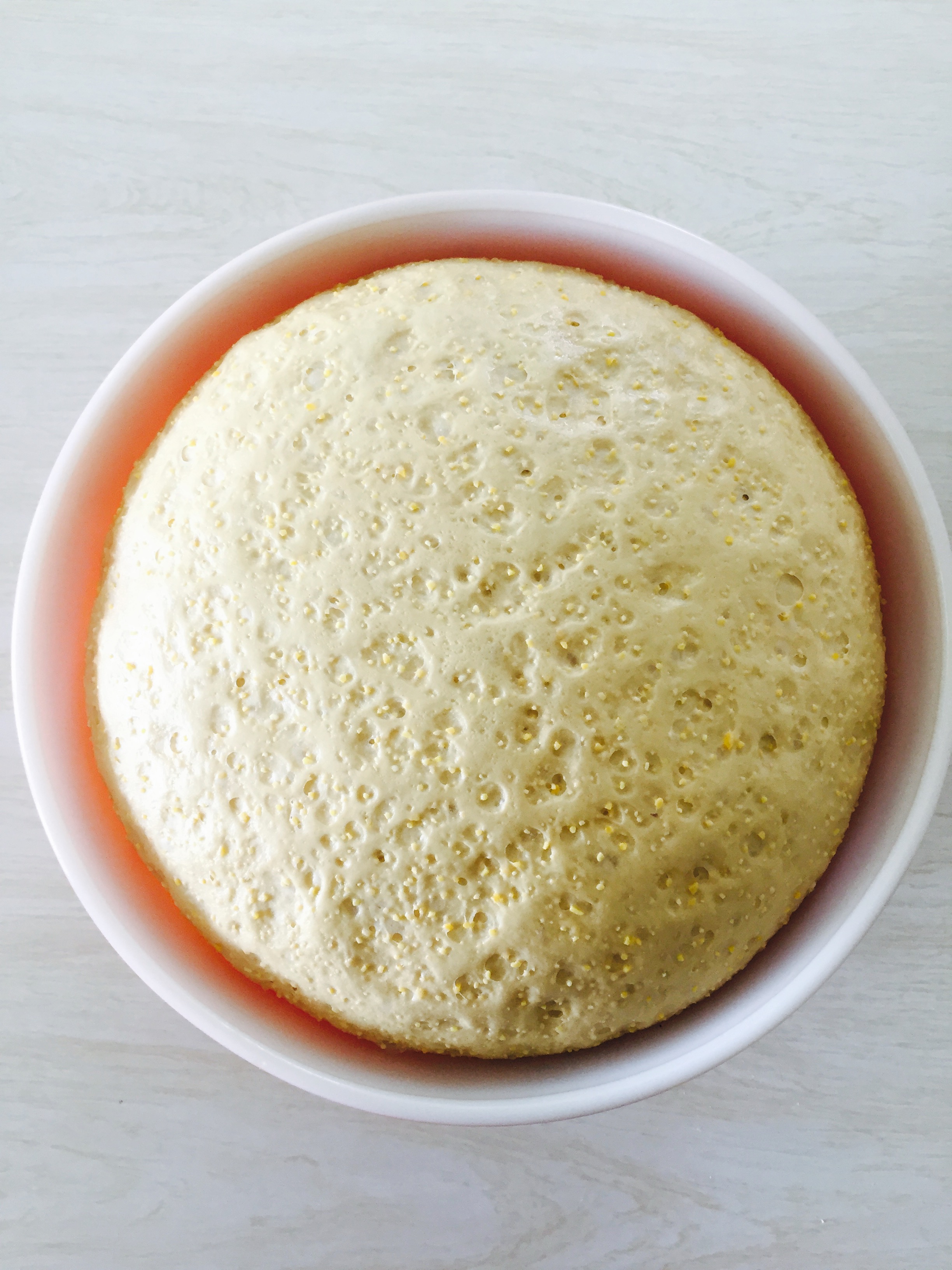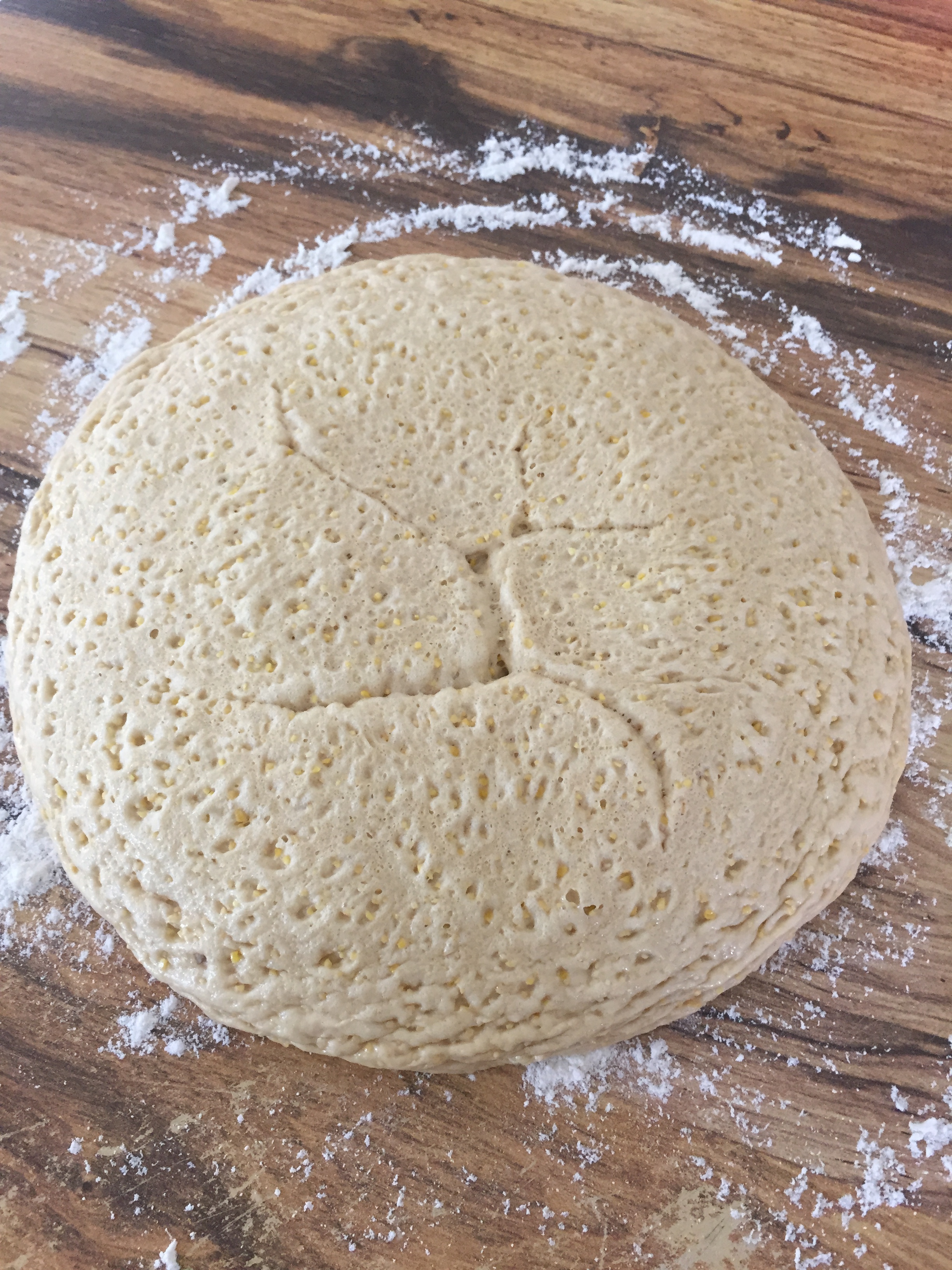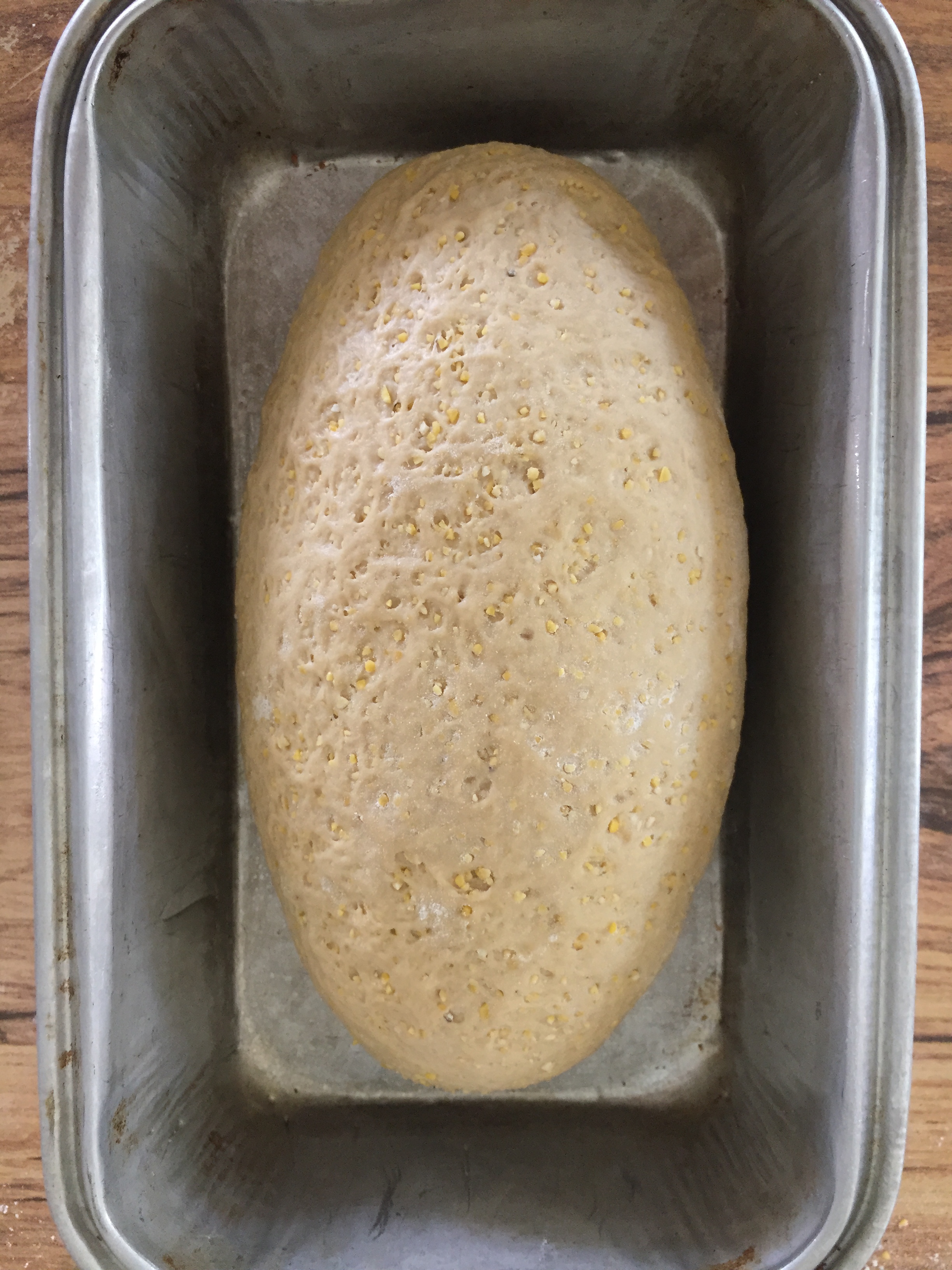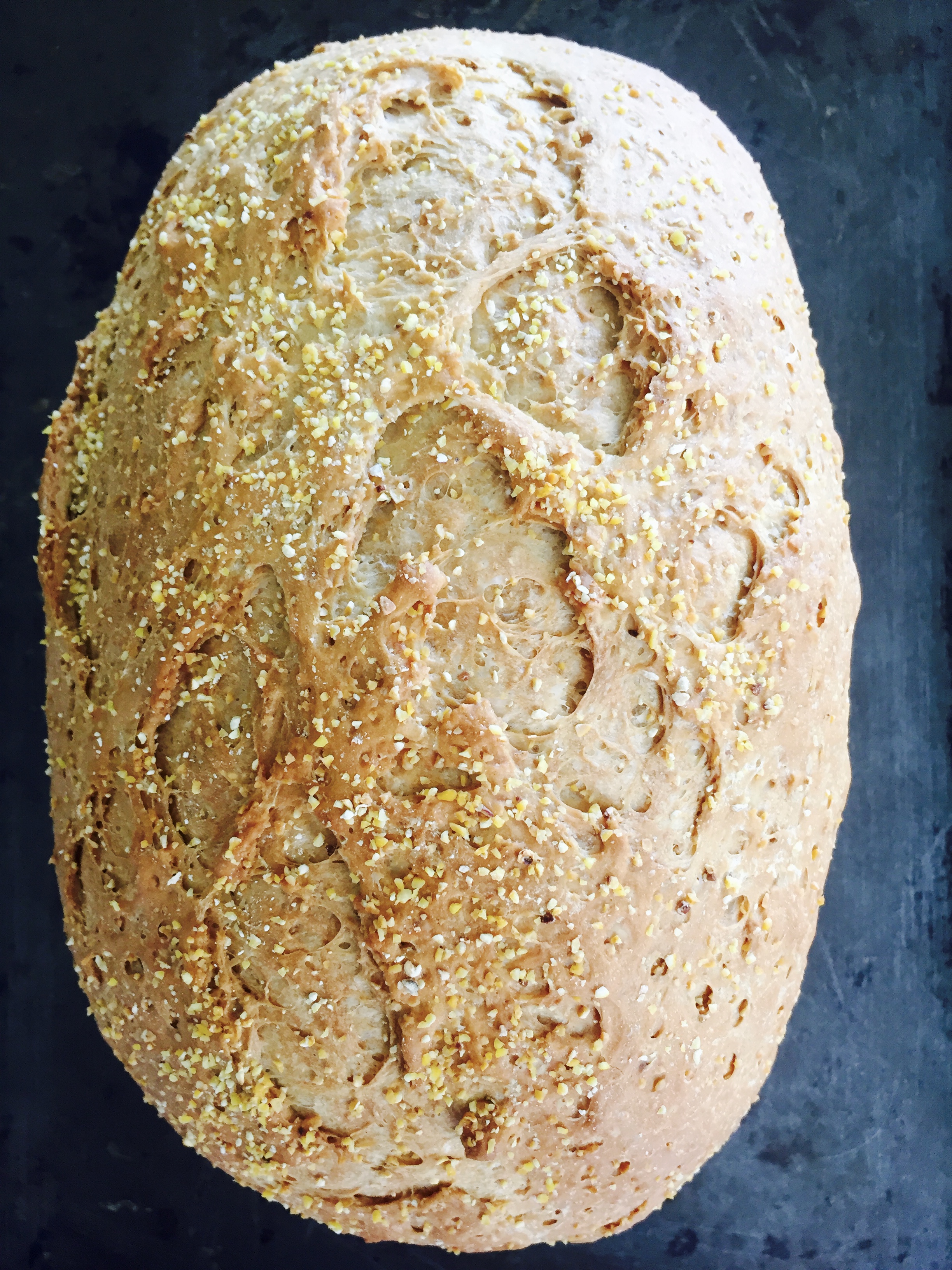How To Feed A Sailor
So, if you are following along with my story of Life After Caregiving for parents with Alzheimer’s and dementia in the pandemic era (see previous post), then you know that I am currently mid quarantine with some fellow crew members of the SSV Corwith Cramer. We have a few more days until we board the ship and my time has been spent preparing the food order for our month long voyage around the coast of Florida. I get lots of questions about the provisioning process and meal planning, so I thought I’d share a bit of what that’s like.
First I should mention the process of provisioning. Since I am typically providing three meals and three snacks a day for 30+ people, loading the ship with the necessary amount of food for a six week voyage is no short undertaking. Typically we work with a local supplier that delivers the provisions to the dock where the crew and I spend the entire day stowing it throughout the ship. While the crew works mostly on removing the excess packaging and sorting it by categories, I’m typically loading the freezer and reefer ( the boat refrigerator) in some semblance of organization. I say semblance because the volume of food we must carry results in a major packing effort. As much I hope to have specific zones for supplies, it’s often several weeks before the food has thinned out and I can reach for specific items. Until that point, it’s somewhat chaotic. What I mean by that is, meal “planning” consists primarily of items that aren’t easily accessible. The last thing I want is an avalanche of food descending upon me as I try to retrieve ingredients so my game plan tends to be “make whatever I can reach work” because just getting to the reefer/freeze is eventful.
What do I mean by eventful? Well, there is an element of gymnastic/ yoga involved when it comes to managing the galley territory. Items are stored in tight places and hard to reach spots. My day to day work routine is exhausting and beginning around 4:45 AM every morning, I make my way down this galley hatch which is literally a hole in the galley floor (aka sole) that leads to dry stores which houses the reefer and freezer. Now, I realize these aren’t the best of photos but hopefully they provide you with a sense of what’s involved. Every time I need to get something from either the reefer or the freezer I must crawl through this hatch, collect the items and climb back up. Unfortunately, the space below is only about 5 feet high so I also must manage an awkward posture while I’m down there, and remain vigilant not to bump my head. The engineers and I have had many-a-conversations about head banging. It’s a painful yet bonding experience that brings our two departments together forever! #LOVE
This brings me to the reefer and freezer themselves. I mention above that meal “planning” is somewhat out of question because they are both so full when we depart that it’s just unrealistic to assume you will easily find a particular item. Rather, I just grab whatever’s in front because, as you can see in the freezer photo below, there is not much space to maneuver things. (Sorry about the photo quality. I don’t have many shots of this kind of stuff.)
Just based on what I can see in this photo, I’d probably make something like:
Breakfast: Blueberry danishes made with puff pastry (which is what I think is in that white box) and some orange juice cause there is a carton of it sitting in the door frame.
Lunch: That bag of veggie burgers with roasted potatoes or something? I’d have to make some burger buns to go with them and any gluten free folks would get that Udi’s bread you can see sticking out up top.
Dinner: Salmon fillets with whatever veg is accessible in the reefer.
Snack: English muffin pizzas cause they are right on top and there is a huge bag of cheese right at the door.
It’s not the most excited menu but as you can imagine, time erodes the supplies. This makes my life easier as the space opens up allowing me to shuffle items around and enabling more creativity with the things at hand. After about two to three weeks at sea I am able to “dig” for items that I know are I packed in certain areas. The issue at that point is the movement of the boat as items then have a tendency to move around. In addition to banging my head, my hands are vulnerable to being pinched between frozen meats and milk crates. Eek!
I should also mention that this is just the storage of fresh and frozen food items. All the canned goods and sauces and pastas, and cleaning supplies… all that stuff is stored throughout the ship under individual bunks (aka berths or beds on a boat). Again, I don’t have the best photos of this because I’ve been too busy taking sunset pics and not the various holes/cavities of ship storage so bear with me on these images. Below is a shot of my bed. Above is the bed for my cabin roommate. Under my mattress is a piece of wood which can be removed and leads to a space that’s roughly about 3 feet deep by 7 feet long by 3 feet wide and houses all those extra items I mentioned above. These compartments exist under each “lower” bunk throughout the ship and it’s my job to retrieve the necessary items for each meal. I delegate this task as much as possible but it’s safe to say that I am scurrying about the boat constantly throughout the day.
Long story short, food management is a complicated component of sailing. The ordering process is terrifying for anyone that doesn’t love a good spreadsheet. #ME. But then the arrival of the food order several days later is it’s own special nightmare. Getting the food from the dock to their designated spaces requires a “can do” attitude that makes me love the sailing community. There’s a shared misery in getting the boat ready to sail but it’s worth it. There are absolutely trying times. Everything from bad weather, to equipment malfunctioning can ruin your day. The sense of real life urgency is unlike anything I’ve encountered in any other work environments and I find it humbling to be reminded of true priorities. The everyday distractions of life disappear when you are at sea and simple pleasures take over. Grated, my job is physically brutal. The days are long and loaded with challenges that no doubt shape my physical health and emotional character over the course of any voyage. It is however very rewarding to remember what you’re made of which after months of pandemic/caregiving stagnation is an absolute gift. When I head home after a journey I feel I return more confidant. I’m more satisfied with the person I am and grateful for having had the opportunity to explore the world (and myself) in such a unique way. It’s a hearty dose of tough love which can be hard to find in a world without my parents. There are not a lot of people that will deliver the honesty you need to set your life on a course correction but the boat always manages to do that for me. The ship becomes my home and the people aboard become my family. So, I guess the real question isn’t how to feed a senior or a sailor but rather how do you feed a family? It not easy but it’s done with love and I try to bake plenty of that into my meals to nurture everyone aboard until they return to their families and loved-ones.
Come back next Monday for one of my favorite snack recipes to feed hungry sailors!
PS-Sailors LOVE snacks but then again, who doesn’t? Until then, fair winds!

